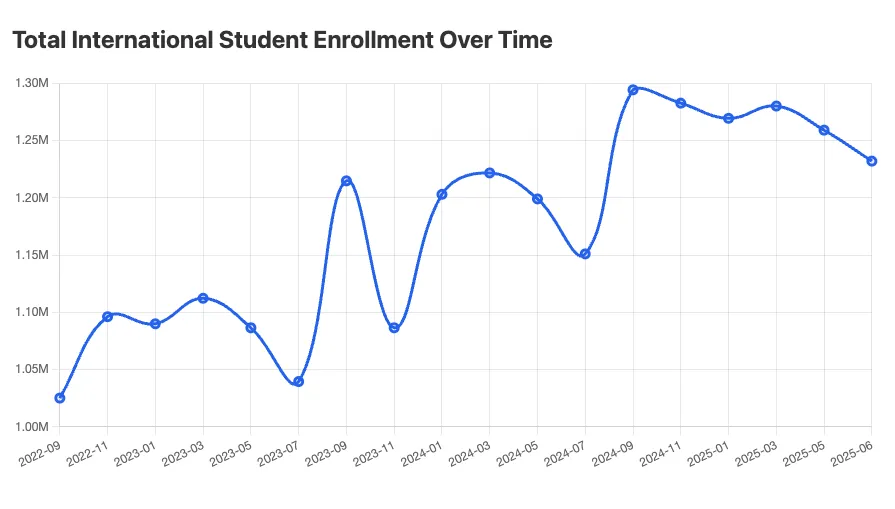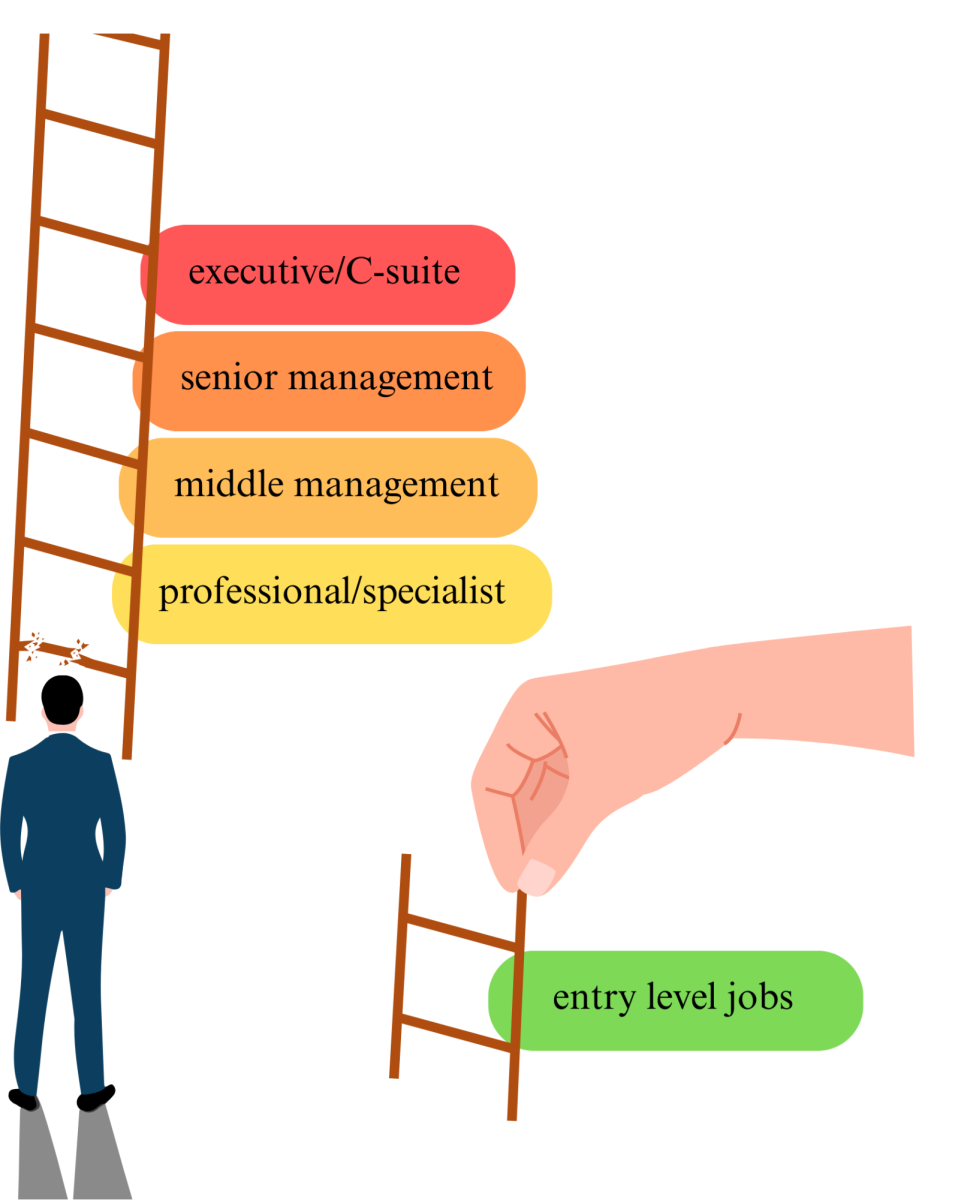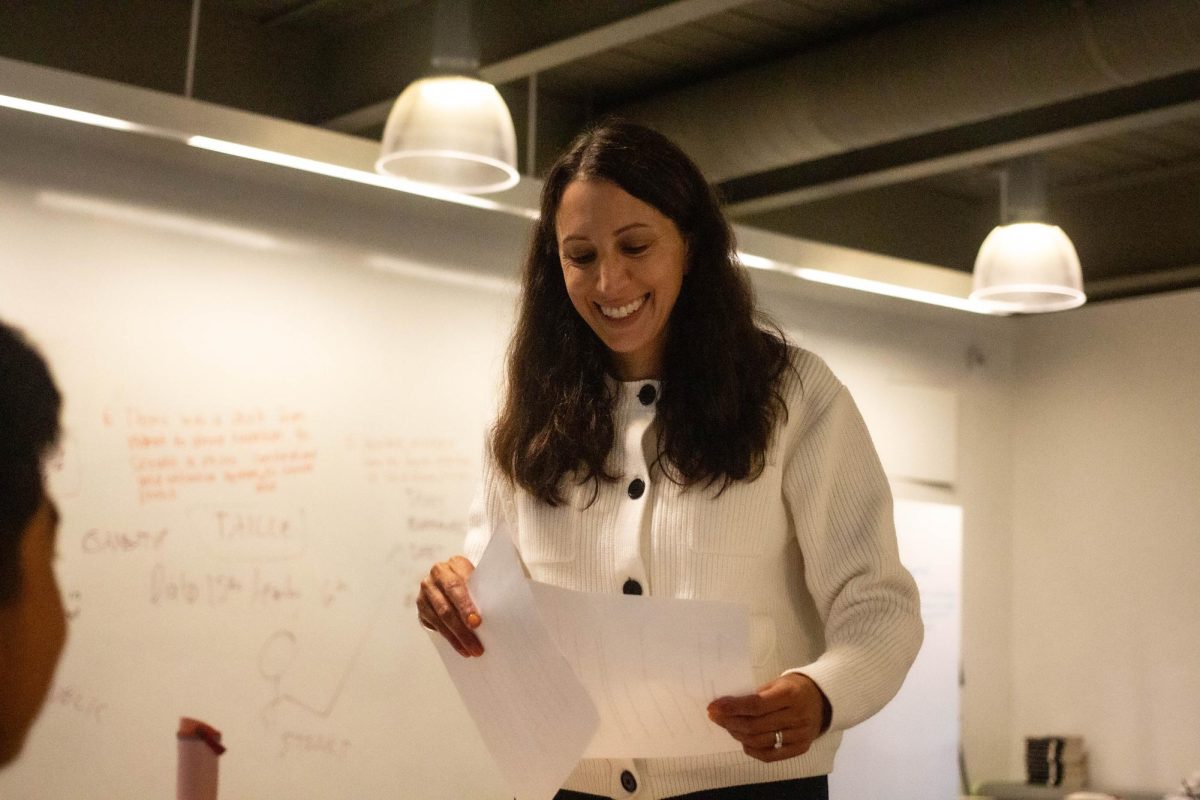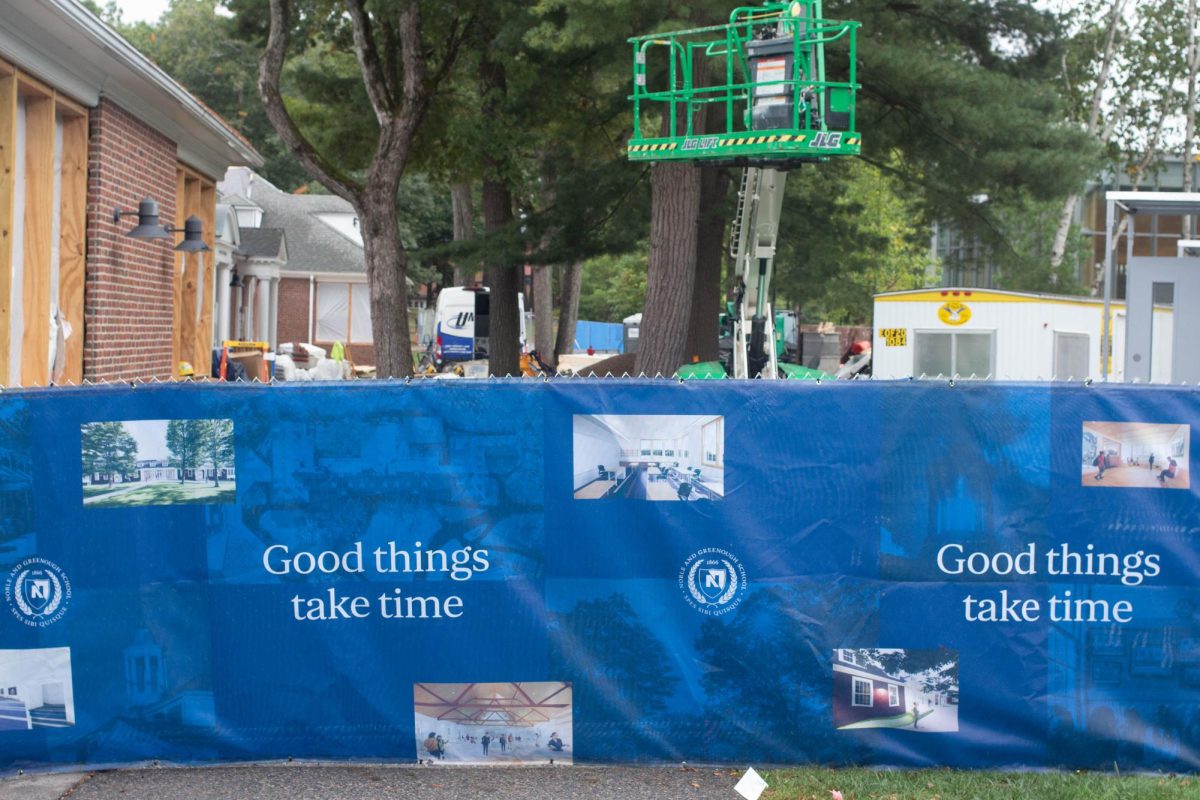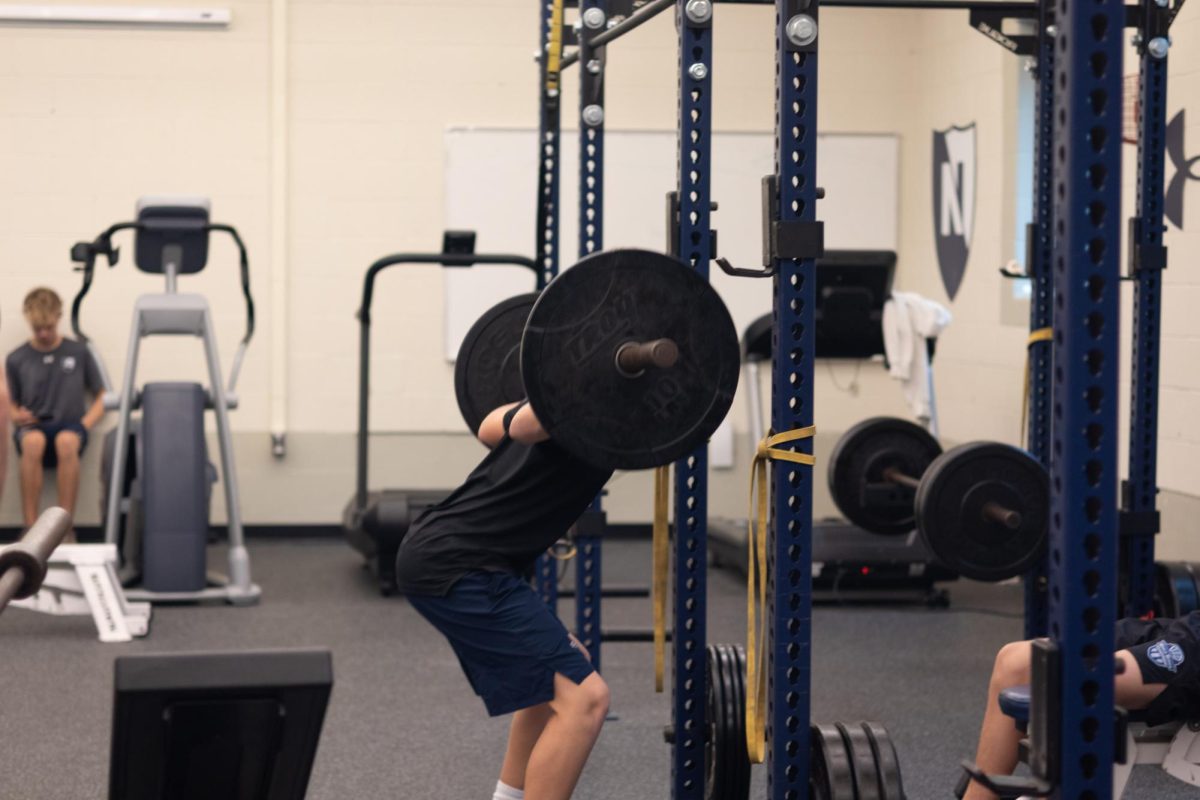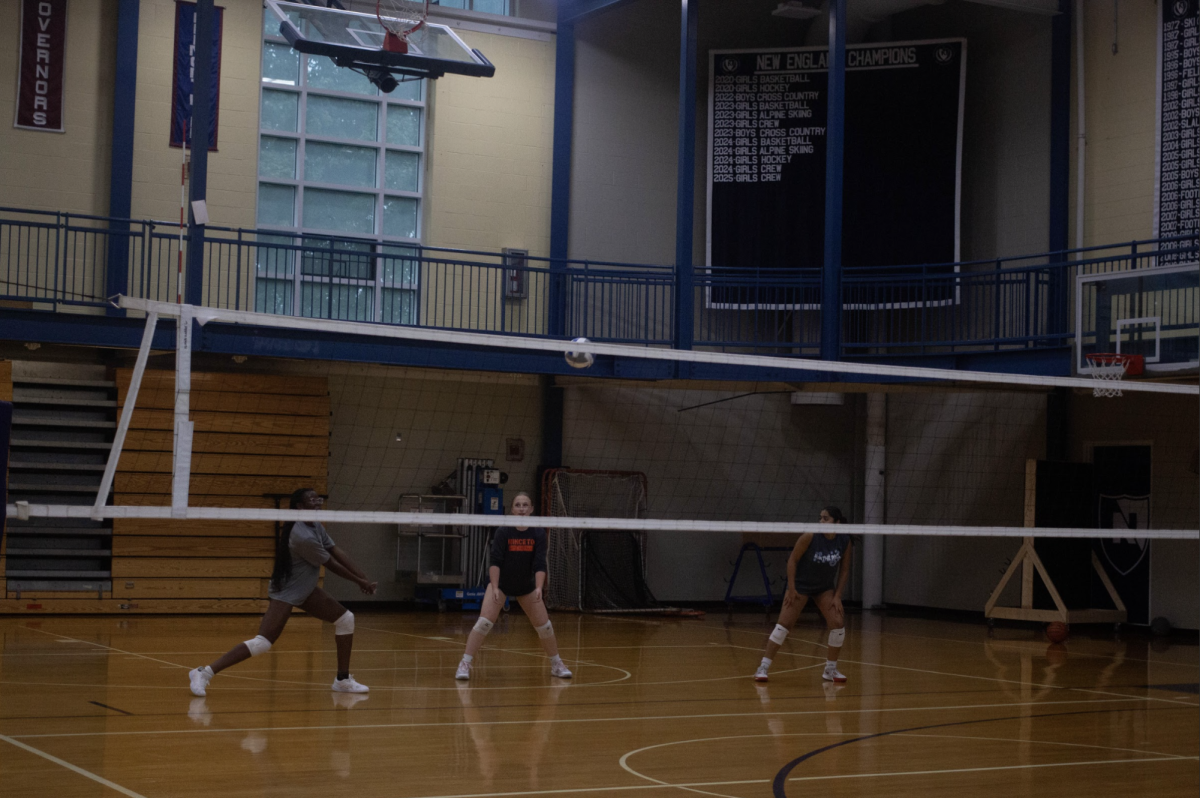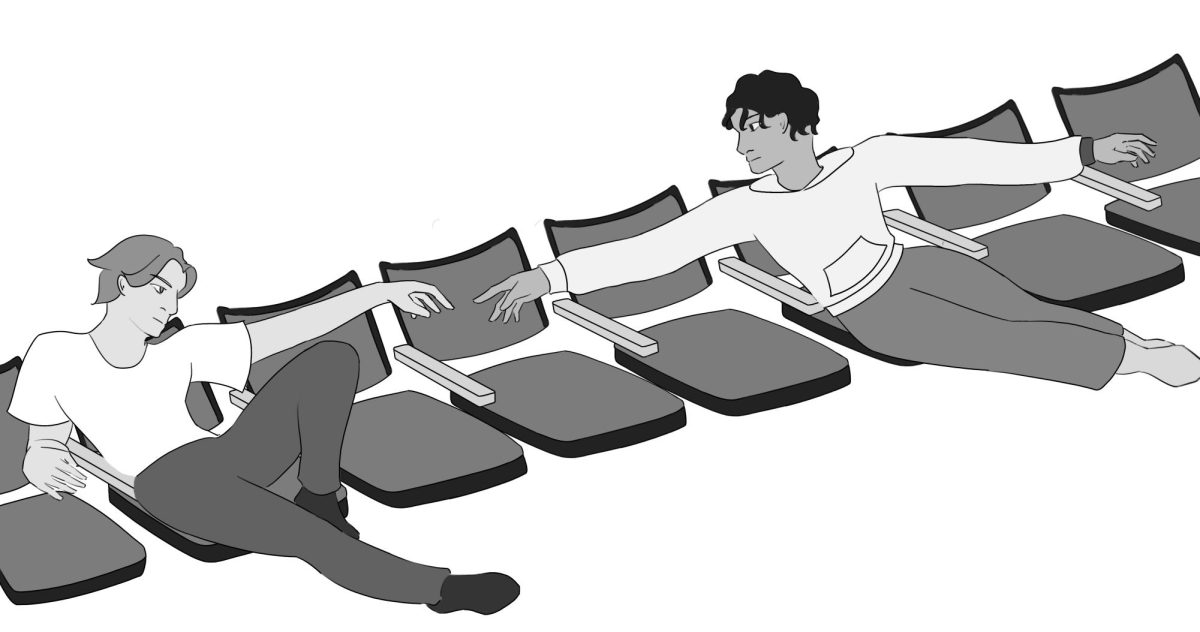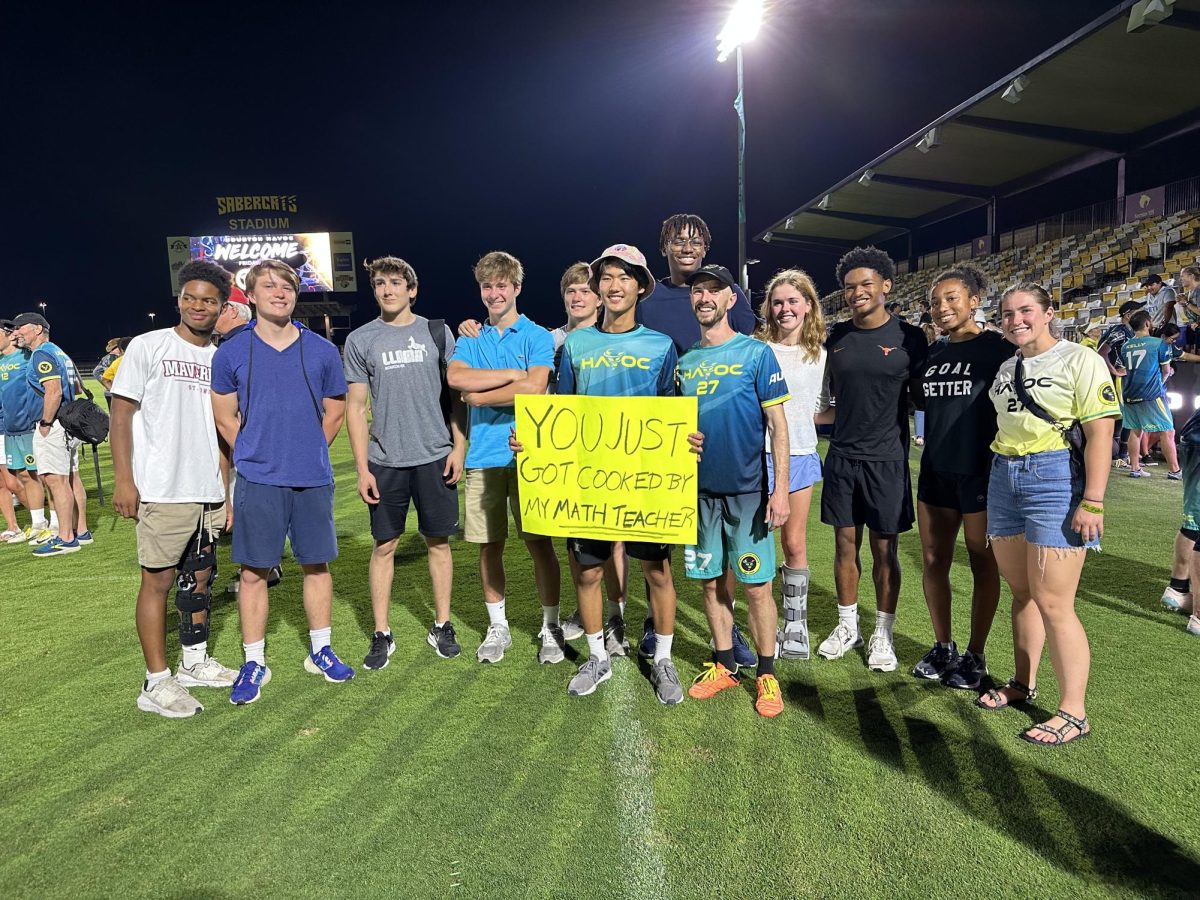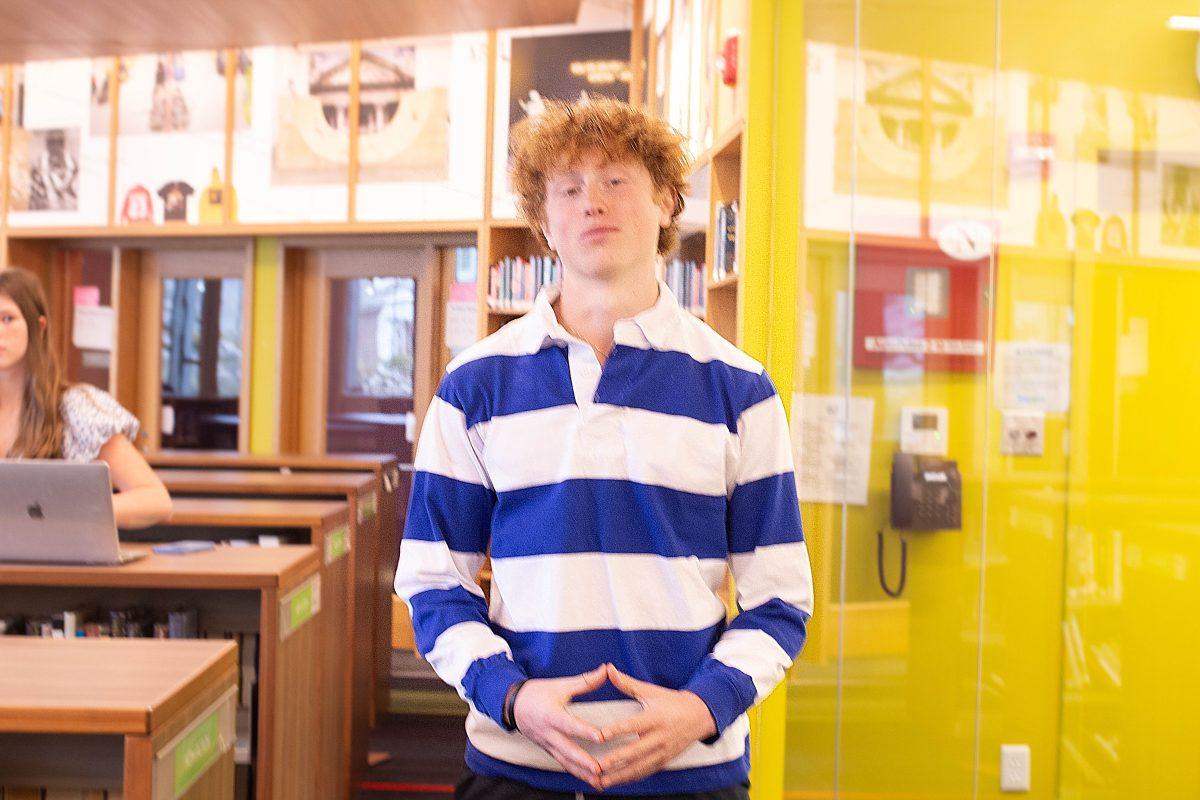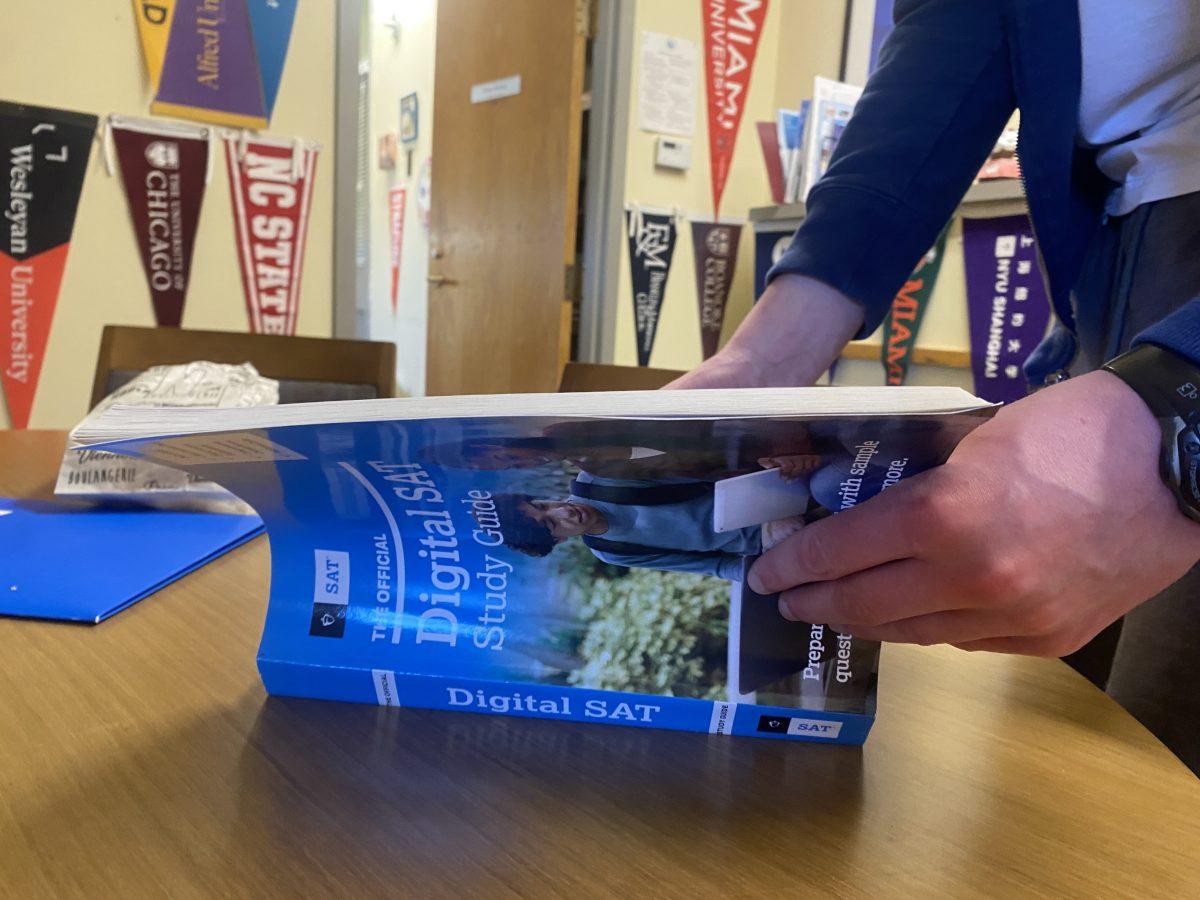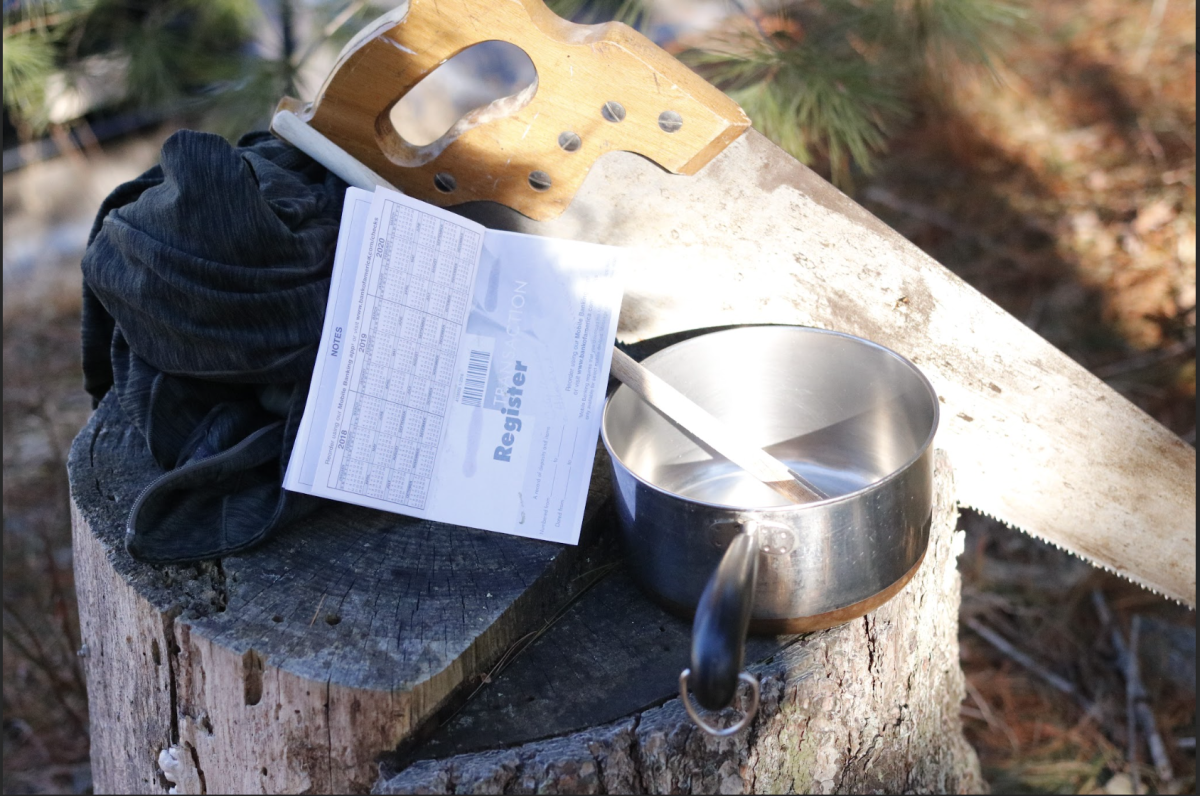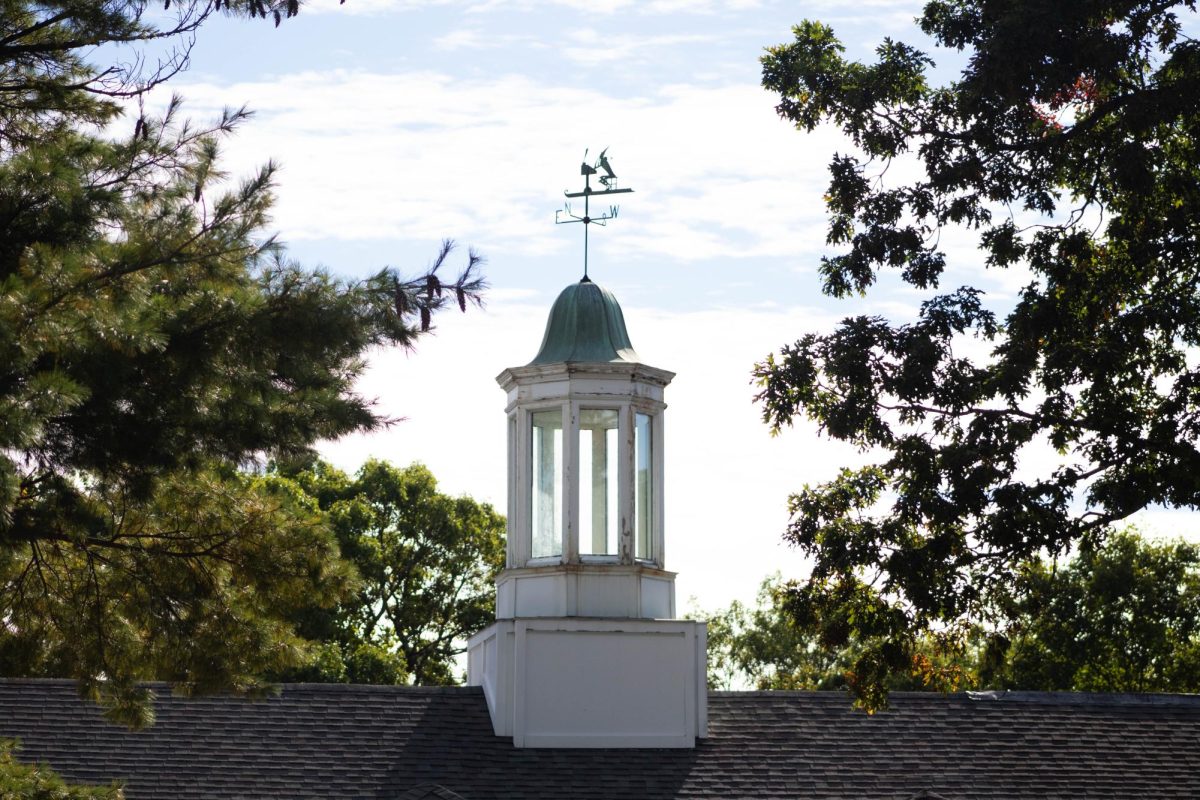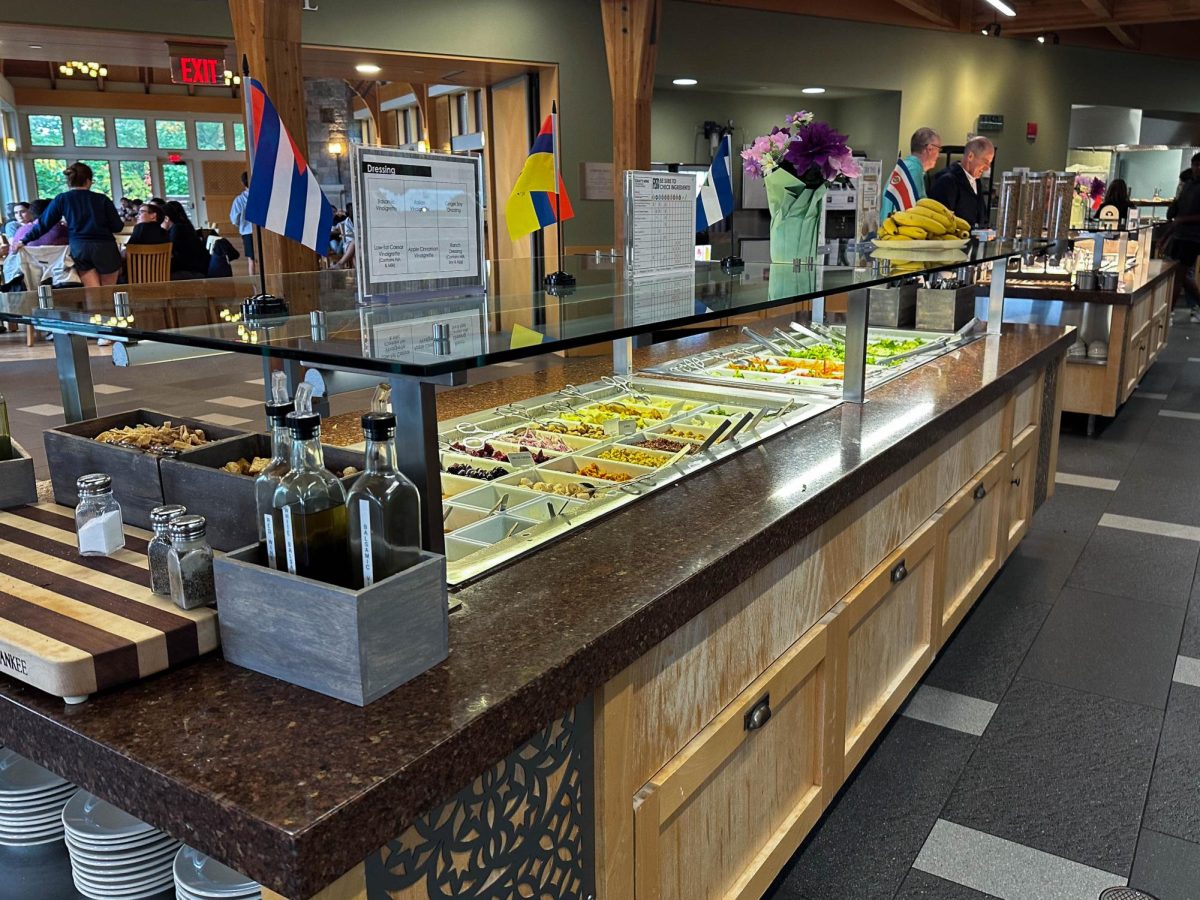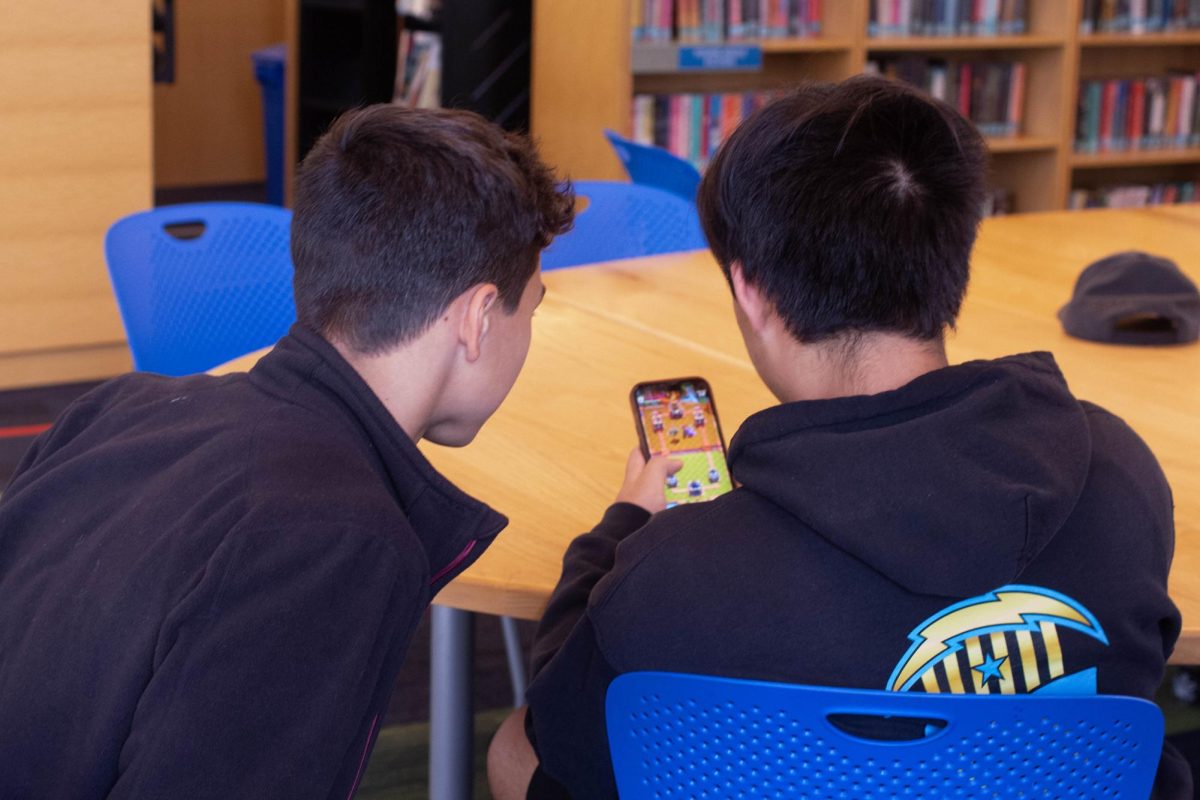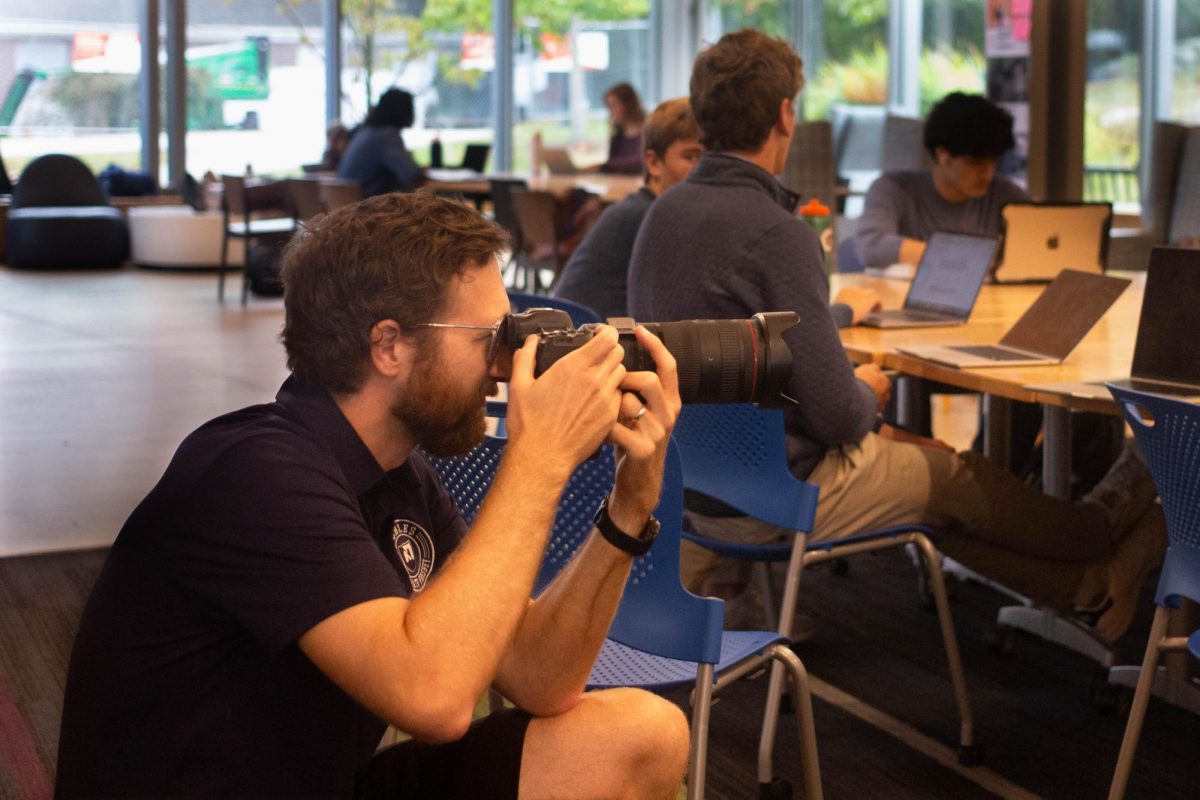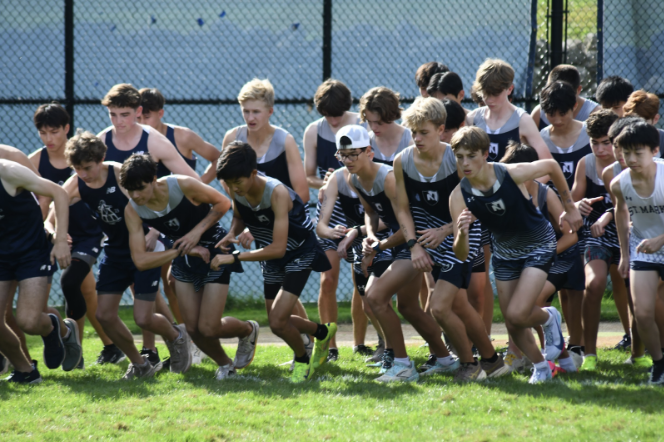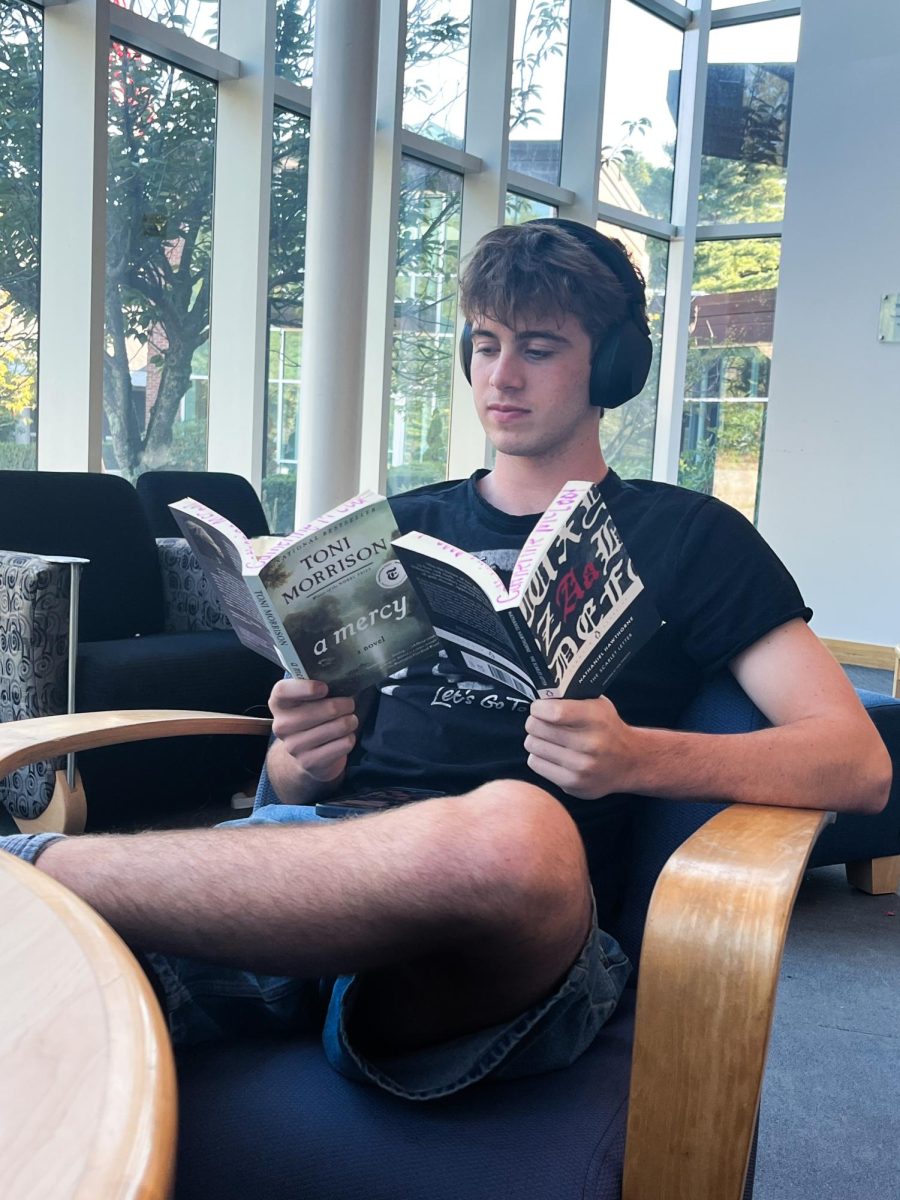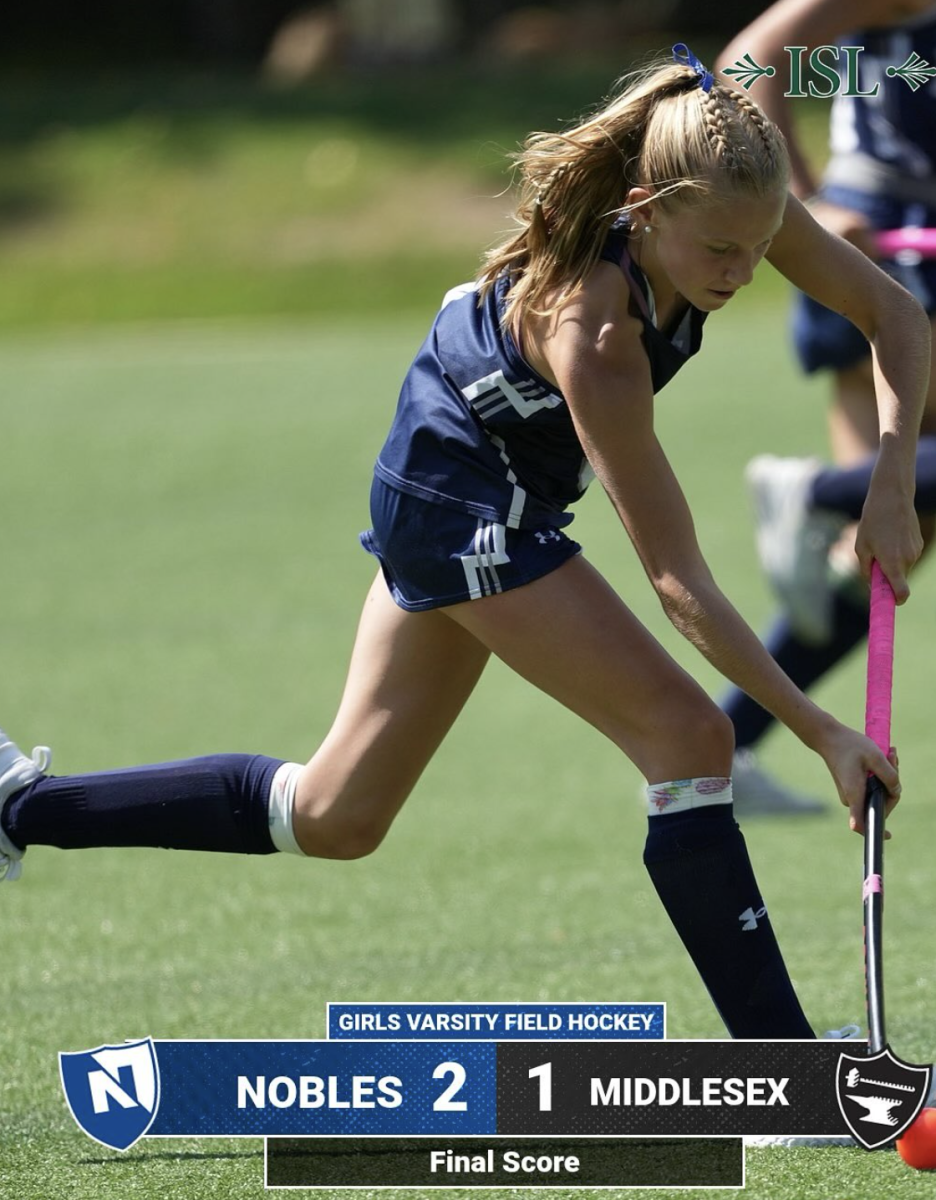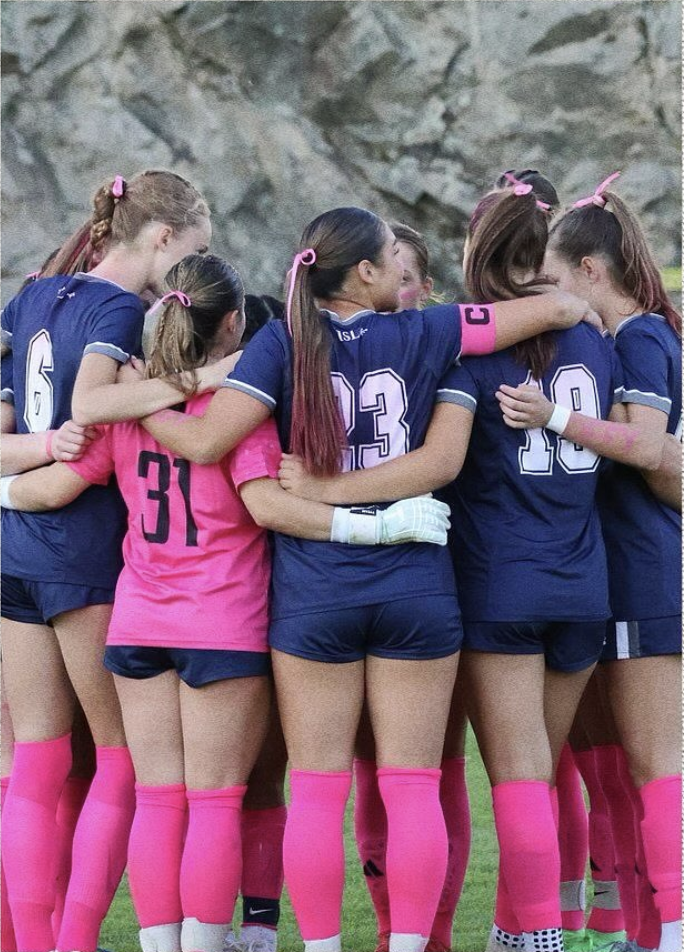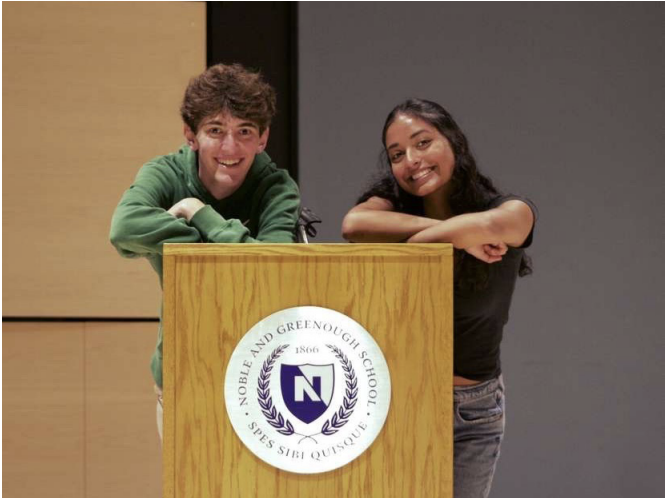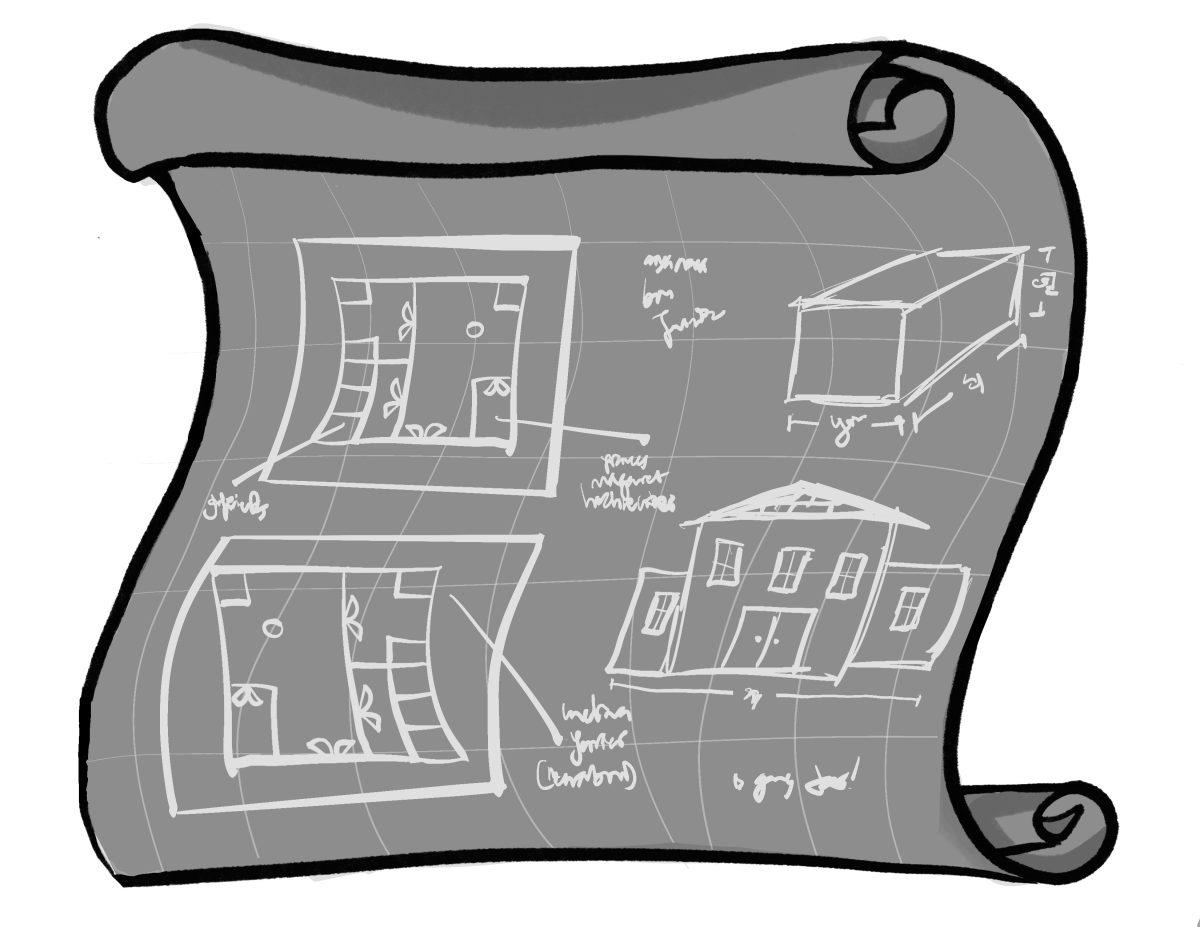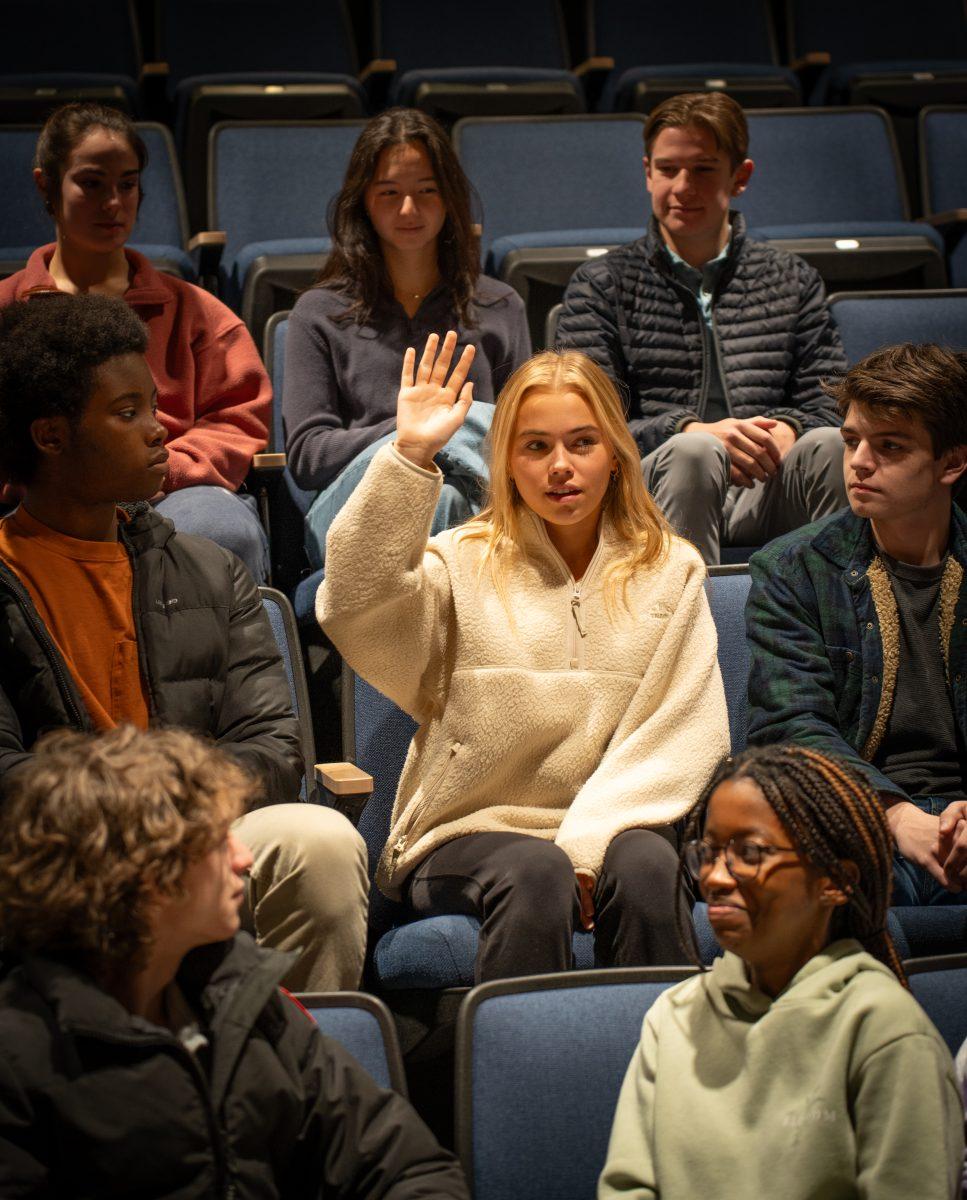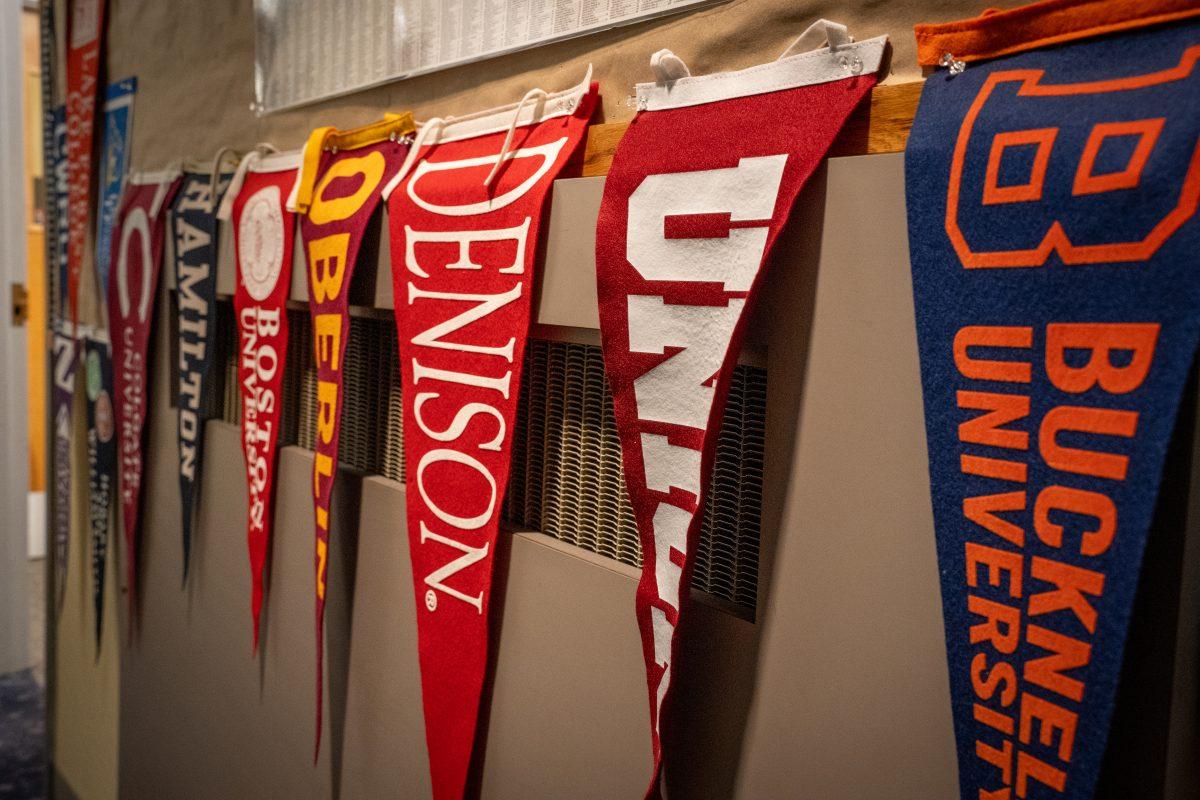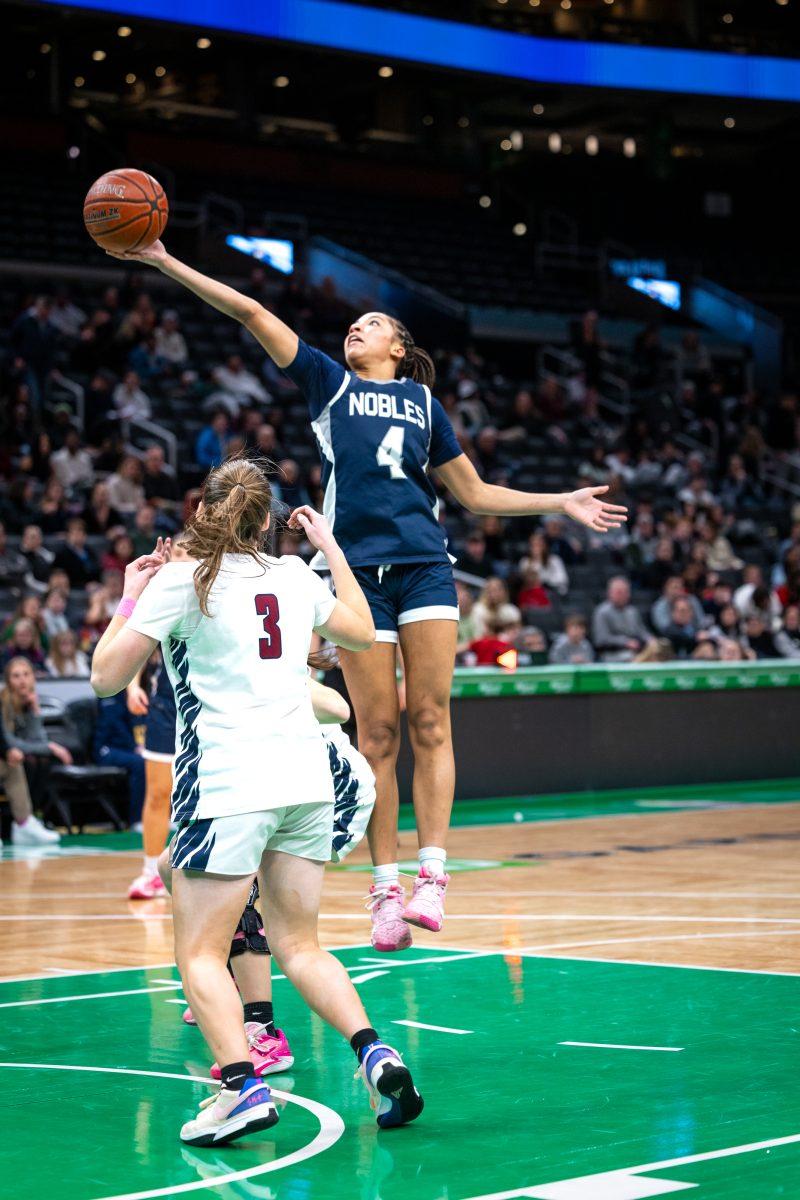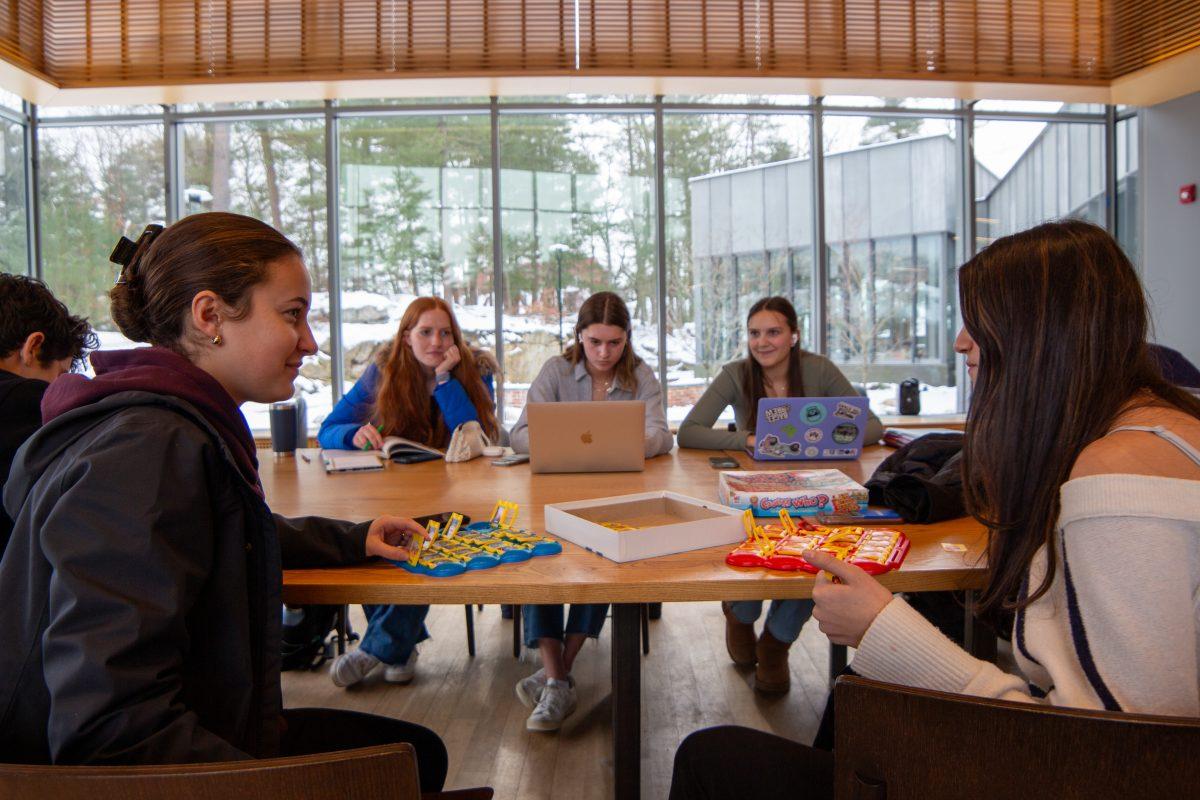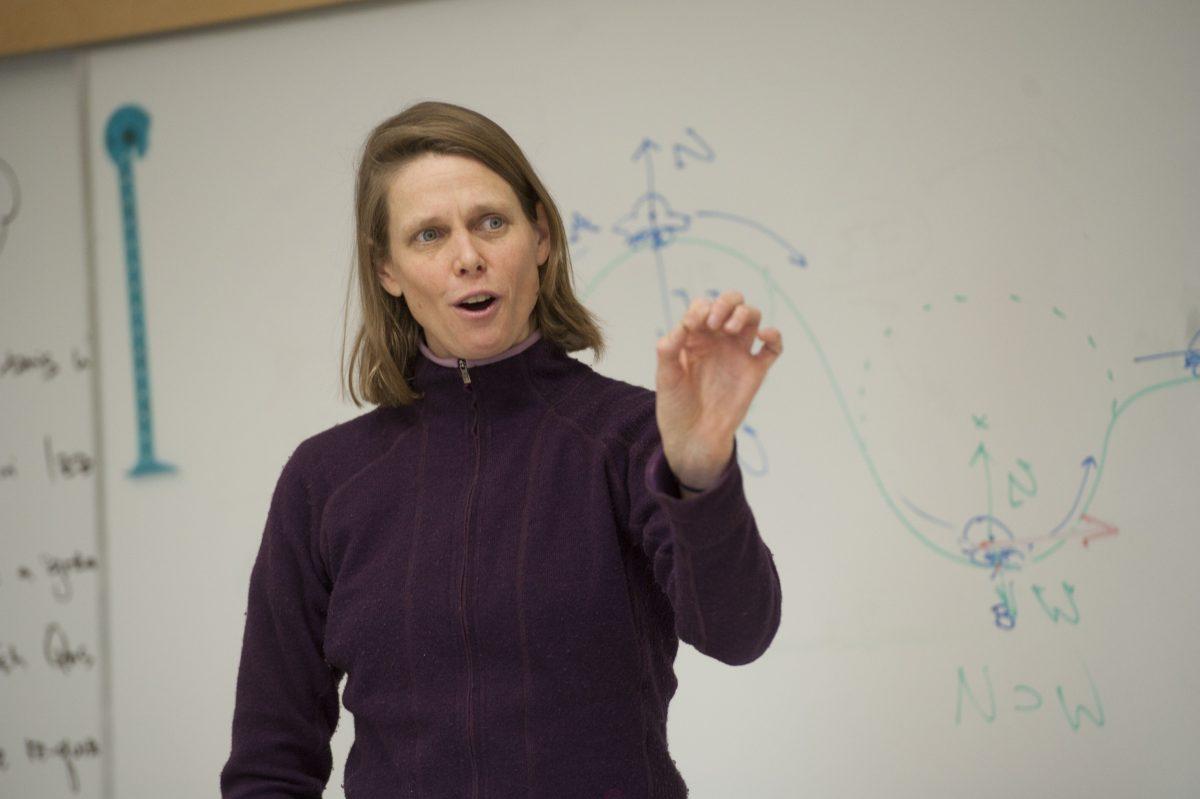Emma Sawatzky, Staff Writer
February 9, 2024
As the essence of ‘strategy’ continues to evolve at Nobles, what constitutes a true financial priority?
When analyzing priorities at Nobles, the end goal is always fundamental to discussions of priorities. “We always start with more of a vision of where we’re hoping to be,” Head of School Cathy Hall said. Since the school’s inception, administrators have wrestled with the need for an adaptable mission. Above all, the power of connections has persevered as the institution’s primary purpose. “Connections sit at the center of everything we do,” Hall said. “We’re working towards a program that is innovative and thriving, but ultimately, it helps us to live out our mission.”
Certain aspects of life at Nobles emerge each year as primary candidates for funding and development. “It’s all based on the strategic goals of the school,” Chief Financial and Operating Officer Steve Ginsberg said. “You’re kind of balancing the needs and the wants, asking, ‘What are the things you think will propel our school forward strategically?’ And then you have to find out how much it costs to do that.”
Currently, among the biggest “needs” on campus is a renovation of Shattuck Schoolhouse. “While it is part of the heart and soul of our campus, the building is dated in many ways and in need of some love,” Hall said. “There are parts of the building in walls, ceilings, and the basement that need attention that students don’t see.” Particularly, the 30-year-old internet wiring requires an update, as well as the antiquated heating and ventilation system. Maintenance projects like this will improve Shattuck’s functionality, preserving it as a beloved academic building.
However, there are other plans for Shattuck with a more tangible effect on student life. One such plan involves the reconfiguration of Gleason Hall, aiming to transform the space into an idealized social hub. Additions like an expanded school store and adaptable seating similar to the Putnam Library’s Reading Room have been proposed. In addition, the Shattuck classrooms are projected to see updates, such as writable walls and more versatile furniture. “This kind of reinvigoration is strategic because if it’s the place where teaching, learning, and connection between students and adults happens, it should be brought up to speed,” Ginsberg said.
Furthermore, although our hockey teams are dominant in the New England sphere, this prowess is not reflected in the current Omni Rink. The 60-year-old building is essentially falling apart, existing as the oldest rink in the Independent School League. The suggested renovation for this space aims to accommodate spring tennis and offer indoor practice facilities for fall teams, while also providing advantages for the hockey program.
While there is visible demand for a rink renovation, it’s indisputable that from a holistic angle, this endeavor is not crucial to the Nobles mission. “Hockey isn’t something that the school is saying we are recommitting to. But we have a building that is 60 years old and has a risk every year of not working. So because of that, it becomes a priority,” Ginsberg said.
More likely to be classified as a “want” in terms of strategic planning, the potential construction of a track around Turf Field has gained support year by year. The 80-person track-and-field program uses campus speed bumps as hurdles and boards a bus to Northeastern University’s facilities when the Nobles fields and trails do not suffice.
In addition to the logistical benefits of having a track on campus, the program’s accessibility is one of many factors that keep this initiative in conversation. “Track is a sport that is inclusive to many kids who may have never done it before,” Ginsberg said.
Turf Field, around which the track would be constructed, also needs a renovation, rendering the initiative even more costly. However, building a track would serve the entire athletic program and give the track team a home on campus.
The well-being of Nobles faculty continues to be a critical consideration of funding allocation.“I believe the market for educators is very, very broken. I can’t fix that, but I can be responsive to it so we can do what is in our control to make a difference for our faculty,” Hall said. Nobles remains committed to hiring and maintaining the best group of educators possible. Each year, it becomes more difficult to live and work near Nobles, designating faculty housing as a primary concern.
Of existing homes on campus, a large percentage were built to be temporary. While updating current buildings, adding new housing will allow more faculty to spend their careers at Nobles in a dignified manner.
Further, the physical presence of faculty on campus cultivates the sense of community that is held sacred at Nobles. “We know that the faculty who live on campus both receive a significant benefit both in compensation and in their connectedness to students, colleagues, and our campus,” Hall said.
In any case, the administration remains committed to institutional progress at Nobles. With every step taken towards completing these projects, we are allowing our campus and community to evolve with the needs of a modern independent school.
(Graphic Credit: Wudiana Fervier)

